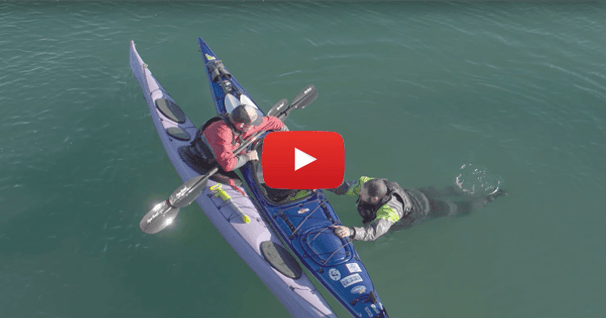How A Canoe Works on Water
Before you put your canoe in the water and start paddling, you need to understand how a canoe works within the water.
Think of the front of your canoe as an arrow piercing through the water. As it travels forward, the bow splits the water. As a result, you get water pressure on either side of the canoe's bow, which causes waves.
As the water flows past the mid, or widest point of the canoe, and towards the narrowing stern, the pressure on the hull of the canoe eases off, as you can see by the absence of any waves. What this means is, as the canoe moves through the water, the bow is pinned from the frontal resistance of the water, while the stern is free to move from side to side.
This is why steering is always performed at the stern. Strokes at the bow of the canoe can only really assist a turn after it's been initiated.
Related Articles
In this video, we're going to look at the best way to re-enter your kayak in case you flipped, and you…
This is Marshall Seddon, from The River Connection, a kayak specialty store and instructional center in…
Canoe design is really important and you need to understand a little bit about it when you choose a…
I find certain words in the English language capture my interest. Seaworthy is one of them. My brain…



